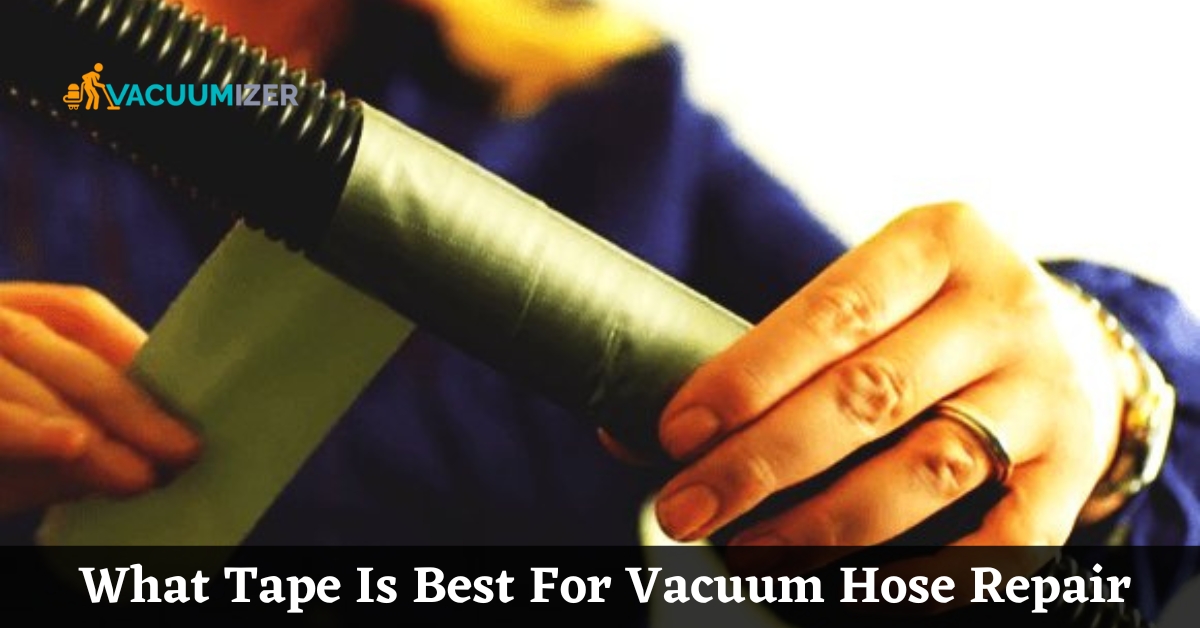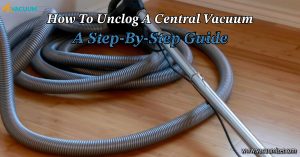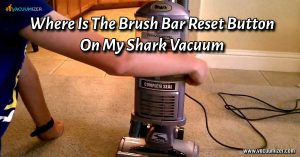Taking care of your vacuum hose is super important to keep your vacuum working its best. When the hose gets damaged, it can make your vacuum weaker and less effective. That’s where tape comes in! We will cover What Tape Is Best For Vacuum Hose Repair in this post. Tape helps seal and strengthen hose repairs so they work like new ones again. There are various kinds of tape available for fixing your vacuum hose.
You’ve got duct tape, which is versatile and can work in many situations. Then there’s silicone tape, which is flexible and great for dealing with moisture. Teflon tape is another option that creates a tight seal. It works well with certain hose materials. Knowing about these tape options can help you pick the right one for your vacuum hose repair job.
Table of Contents
Understanding Vacuum Hose Repair Needs
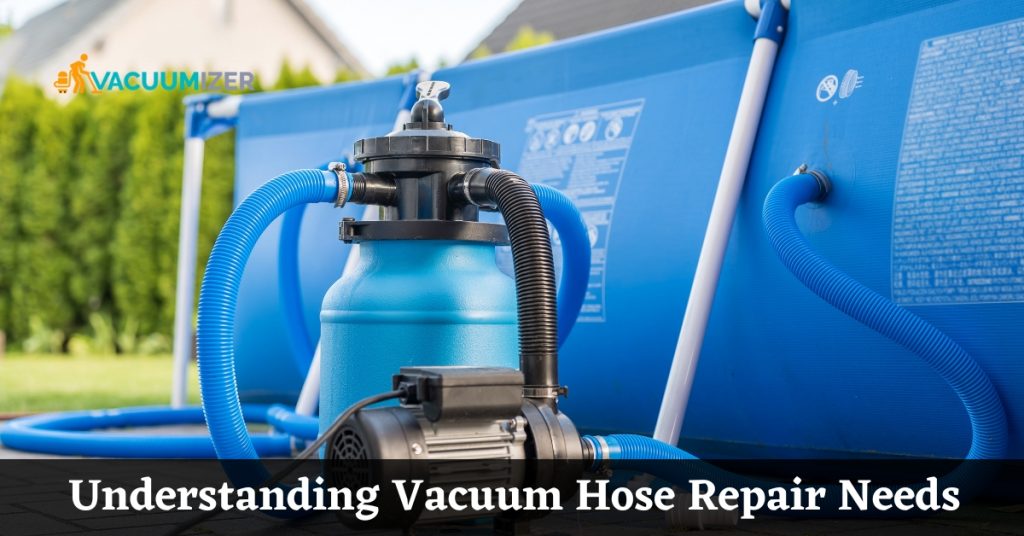
To fix a vacuum hose, it’s important to know what can go wrong. Hoses can get damaged from regular use, like wearing out or accidental cuts. Sometimes, blockages can also cause problems. It’s crucial to fix hose damage quickly to avoid more issues. If you ignore it, your vacuum won’t work as well and other parts might get damaged too.
Using the right tape for repairs can make a big difference. The right tape can seal leaks and make the hose stronger again. This helps your vacuum work like it should. Tape repairs save money, no expensive replacements needed. So, when your vacuum hose needs fixing, act fast and choose the right tape. Your vacuum will be happy and cleaning will be a breeze! We have discussed Are Whole House Vacuums Worth The Money in another post.
Types of Tape for Vacuum Hose Repair
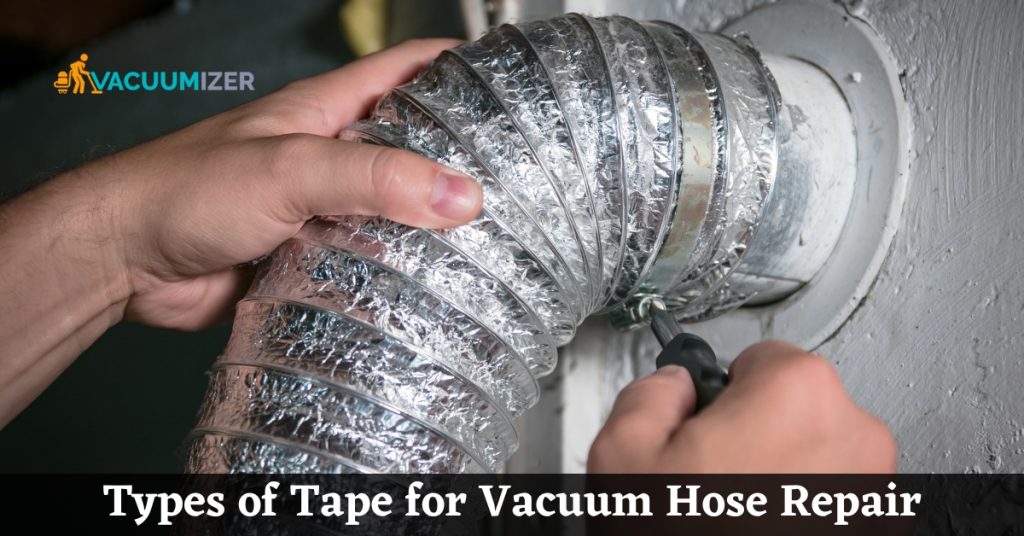
When it comes to fixing your vacuum hose, there are different types of tape you can use. Let’s learn more about them:
Duct Tape
Duct tape is easy to find and affordable. It can be used for quick fixes, but it may not last as long as other options. It’s good for temporary repairs, but not for heavy-duty jobs.
Silicone Tape
Silicone tape is flexible and can handle water and extreme temperatures. It’s more expensive, but it’s great for sealing leaks in wet or hot conditions.
Teflon Tape
Teflon tape is usually used for sealing connections, but it can also be used for vacuum hose repair. It’s good for different hose materials, but you need to know how to use it correctly.
Other Tape Options
There are also other tapes like electrical tape or special hose repair tapes. They have their own uses and benefits.
By knowing about these tape options, you can choose the best one for your vacuum hose repair needs.
Factors to Consider when Choosing Tape
When you’re choosing tape to fix your vacuum hose, there are a few important things to keep in mind:
Hose Material Compatibility and Adhesive Strength
Make sure the tape you choose is compatible with the material of your vacuum hose. Different tapes work better with different types of hoses. Also, check if the tape has strong adhesive to stick well to the hose.
Flexibility and Resistance to Heat and Moisture
Look for tape that can bend easily and stretch to fit the shape of the hose. It’s also important to consider if the tape can handle high temperatures or wet conditions, especially if your vacuum hose will be exposed to heat or water.
Ease of Application and Reusability
Choose tape that is easy to put on the hose and remove if needed. It should be user-friendly, so you don’t have to struggle with applying it. It’s also helpful if the tape can be reused in case you need to make repairs in the future.
Cost-Effectiveness and Availability
Consider the cost of the tape and if it fits your budget. Also, check if it’s readily available for purchase, either in stores or online, so you can easily get it when you need it. We have discussed What Setting To Vacuum Pool With Sand Filter in another post.
Best Practices for Vacuum Hose Repair with Tape
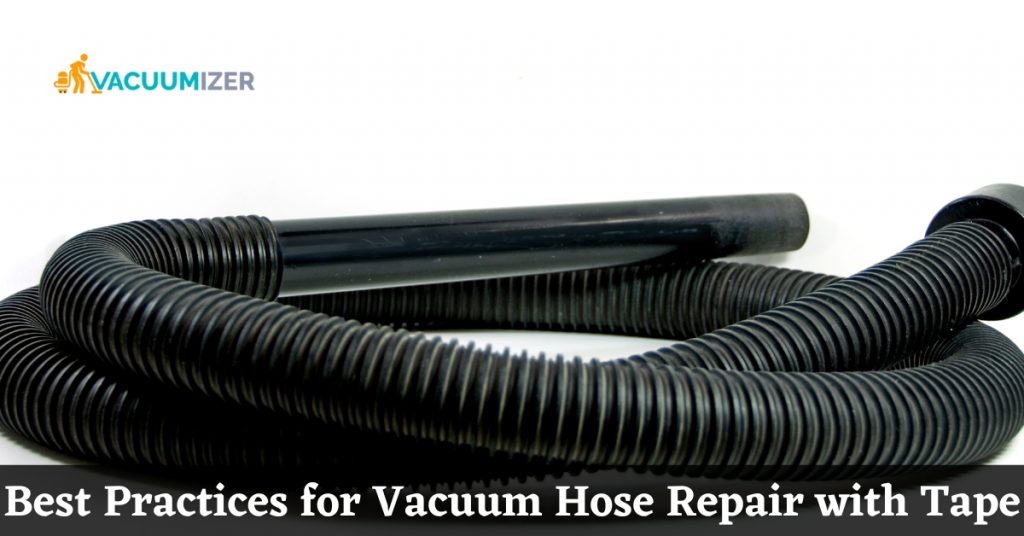
Repairing your vacuum hose with tape requires following some important steps for a secure and long-lasting fix. Here’s what you should do:
Preparing the Hose for Repair
Make sure the hose is clean and dry before applying tape. Remove any dirt or debris that could make it harder for the tape to stick. Check for any sharp edges or rough spots on the hose that could cause the tape to come off.
Proper Tape Application Techniques
Wrap the tape tightly around the damaged area of the hose. Make sure the tape covers the whole area and overlaps a bit for a stronghold. Smooth out any wrinkles or bubbles as you apply the tape to make sure it sticks well.
Additional Tips for Optimal Performance
Here are some extra tips to make sure your repair works well:
1. Don’t stretch the tape too much, or it might not stick properly.
2. Cut off any extra tape when you’re done to avoid any problems.
3. Let the tape sit and stick for a while before using your vacuum again.
4. Check the repaired area regularly to make sure it’s still holding up. If needed, add more tape or consider a different repair method.
By following these best practices, you can fix your vacuum hose with tape in a way that lasts and keeps your vacuum working well.
Video on What Tape Is Best For Vacuum Hose Repair
Conclusion
In short, picking the correct tape for vacuum hose repair is crucial for a strong and lasting solution. Remember to consider options like duct tape, silicone tape, and Teflon tape, as they each have their own strengths and things to think about. Make sure the tape you choose works well with your hose material, seals securely, and can handle heat and moisture. By choosing wisely, you can ensure a successful repair that keeps your vacuum working its best. Don’t forget to take the time to select the right tape for your specific repair needs. Hope you understand What Tape Is Best For Vacuum Hose Repair in this post.

Hello, I’m Ethan Mitchell. I studied Geography and Environmental Management at the University of Florida. I want to share with you the light of my learning and the beautiful benefits of research. When it comes to cleanliness, the home comes first, so I started my journey out of a personal interest in keeping a house clean.

